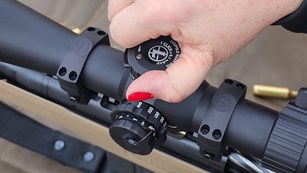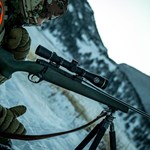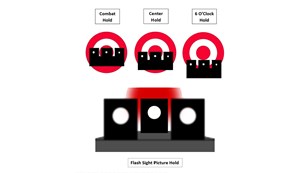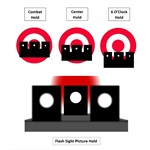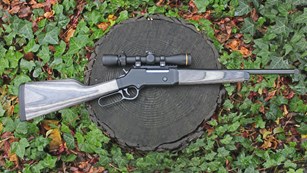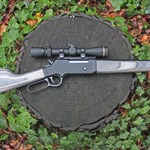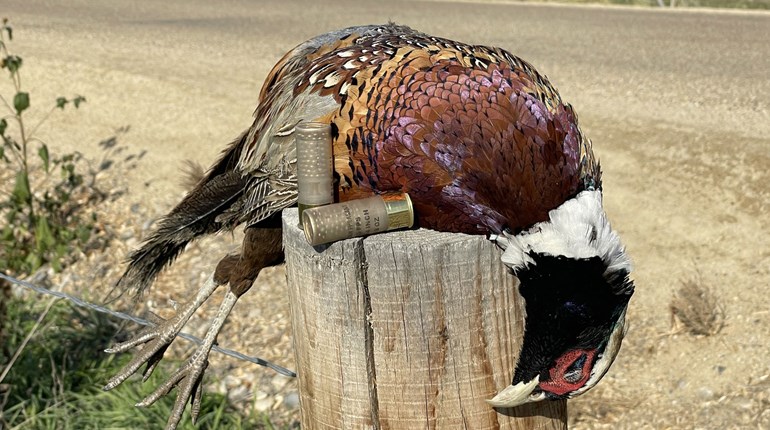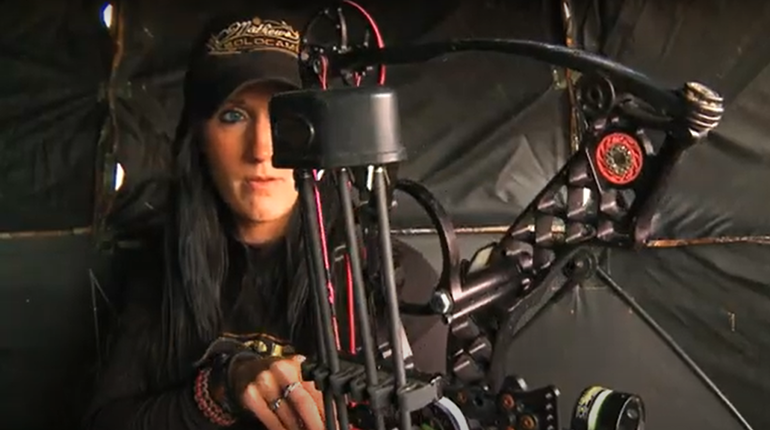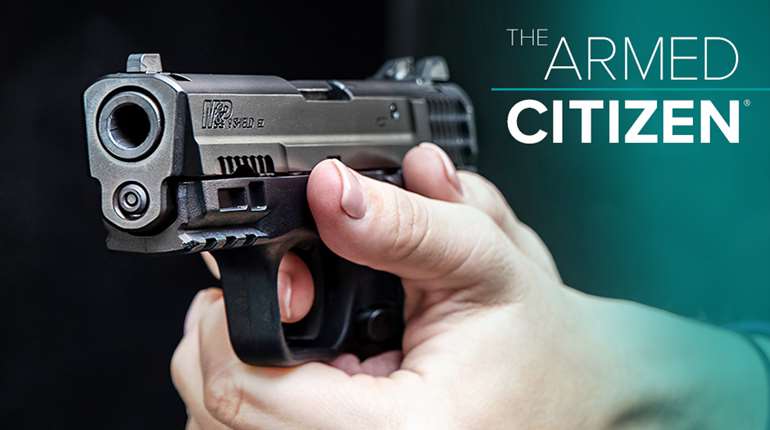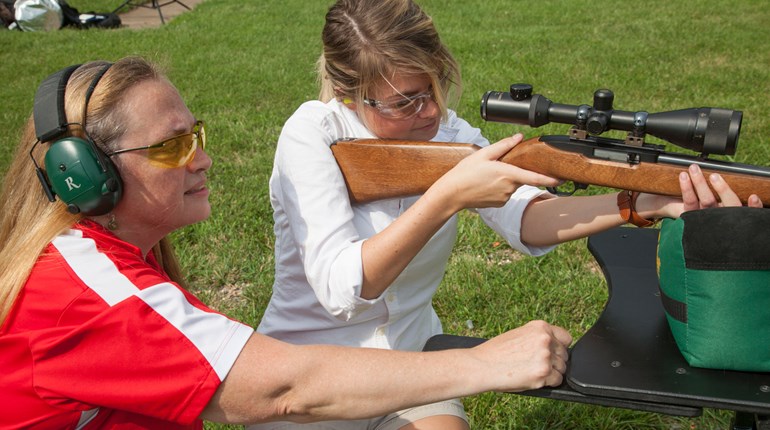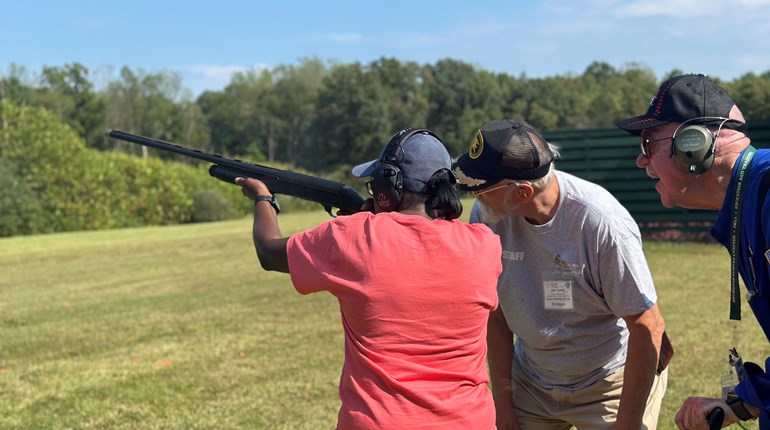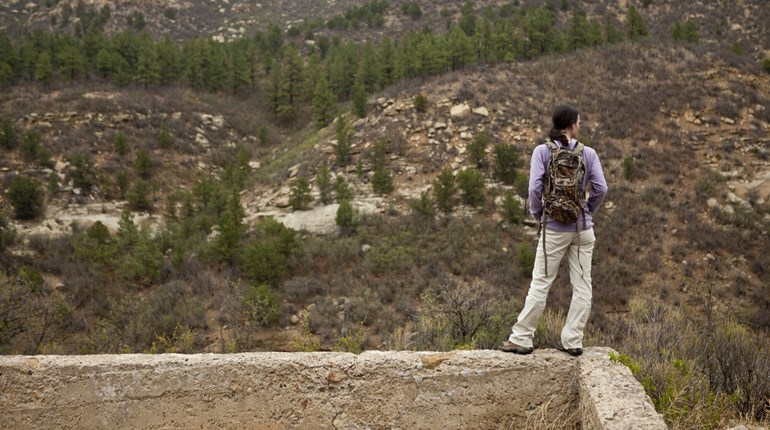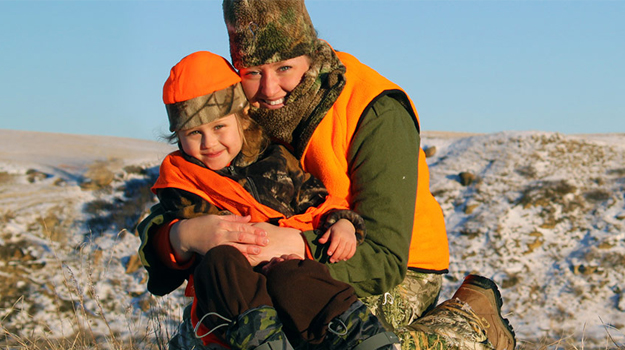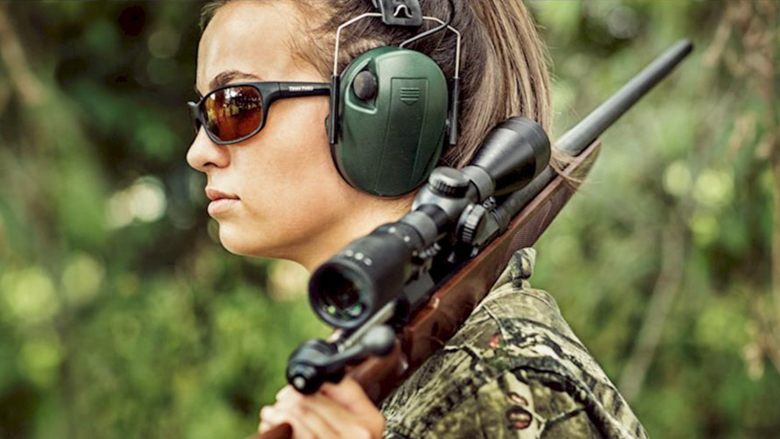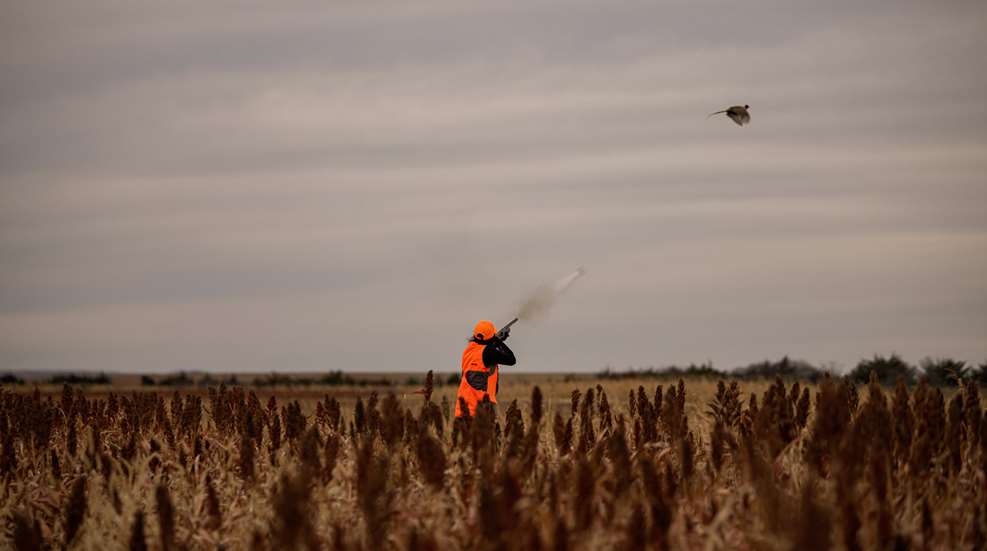
Wondering which choke to use on your next pheasant hunt? Being from South Dakota, I get this question a lot. Since many who hunt pheasant only do so once a year or maybe even once every couple of years, so it’s easy to forget which choke does what. A simple rule to remember is that the more a choke is constricted, the tighter the pattern will be when it exits the barrel. In general, most pheasant hunters use a Modified or Improved Cylinder choke. Here’s a simple breakdown to help you make the best decision for your next hunt.
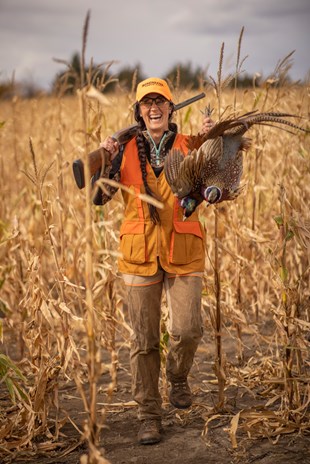
What is a Choke?
A choke is screwed in at the end of your shotgun barrel, identified by the number of notches. The higher the number of notches, the less constriction it provides. 1 notch identifies a full choke; 2 notches identify an improved modified; 3 notches is for modified; and 4 notches is for improved cylinder. Think of it like a water hose: When it's turned on, the water flushes out with a wide swath and doesn’t go far. The smaller you make the hose with your thumb the further the water will spray. The same idea goes for chokes. You’re making the end of your barrel smaller with the various choke configurations causing the shot to hold the pattern further.
If you hunt with a double-barrel shotgun you can customize it even better for your needs. For example, your top barrel can be setup for a close-range flush, and the bottom barrel can have a tighter construction to get that second shot if needed, or a second bird that flushed up further out. Very rarely do you get two birds that are super close for both your first and second shot. Many times an improved cylinder choke in the top barrel works great with a modified choke in the bottom barrel.
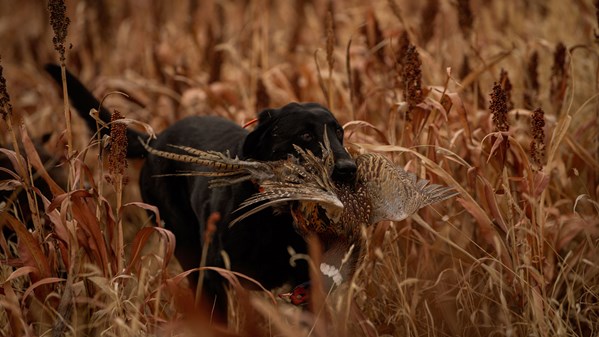
Full choke. This is not a choke I would usually recommend for pheasant hunting, however if you have a young pup that is still in training and tends to get away from you, this may be helpful. Many people use lead for pheasants, but there are more and more steel loads available. Remember that steel and Full chokes do not mix. A Full choke has a tight barrel configuration and is generally best for shots 40 yards and beyond. The Full choke is .035 inches smaller than the bore of your shotgun. This gives you long range capability and is the reason why many turkey hunters use Extra Full. They want that long-range performance, so this helps me remember what a Full choke offers. You need to be a pretty good shot when using a Full as the margin of error is the smallest. Also, this can deliver a lot of shot to your bird and cause damage to the meat, so take that into consideration as well.
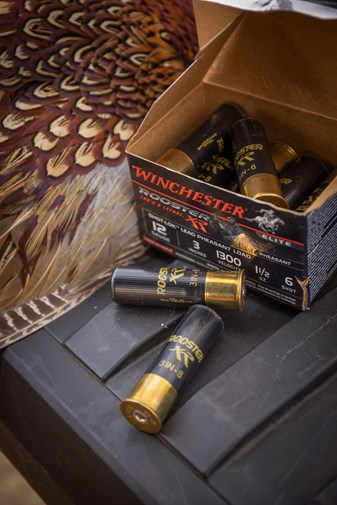
Modified choke. The Modified choke has less constriction than a Full choke so you’ll have a bigger spread, making things easier to hit. A Modified choke delivers around 60 percent of the pellets in a 30-inch circle at 40 yards. Thus, a pheasant flushing at 40 yards will offer a 30-inch window to hit the bird. I personally like using Modified as the season progresses because hunters are by then dealing with more educated birds that have been hunted all year. When this is the case, they tend to flush out further. A Modified choke may give you the edge that you need. A Modified choke is .020 inches smaller than the bore. Overall, a Modified choke is the most common choke used in the pheasant hunting community.
Improved Cylinder. If you expect close shots and you want a wide pattern to ensure you can hit those birds, then Improved Cylinder is for you. This wide choke is .010 inches smaller than the bore of your shotgun. If you’re hunting at a preserve where they release birds, this will give you the highest odds of hitting those close birds. I also recommend this choke for new shooters so they have a better margin of error for hitting those close birds.
Just remember the tighter the choke configuration, the tighter the pattern.
